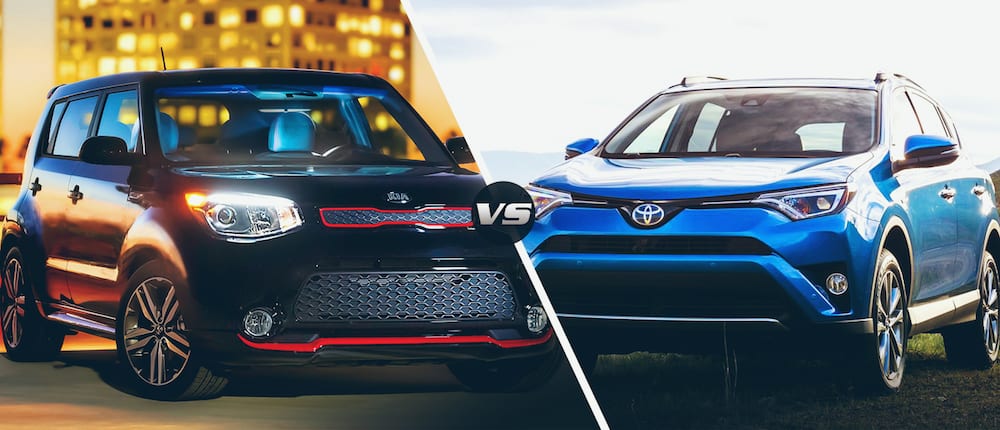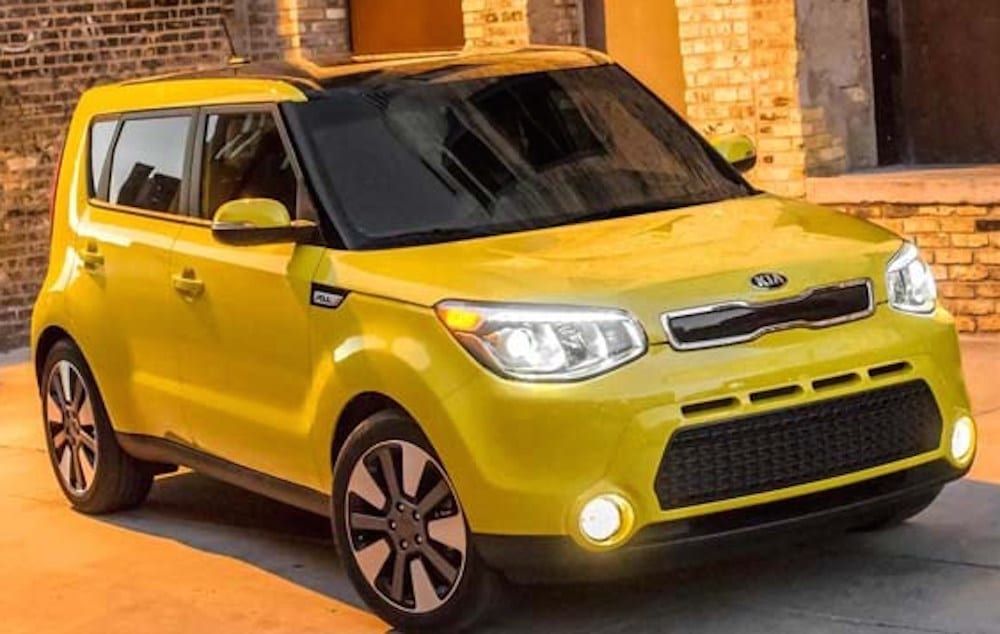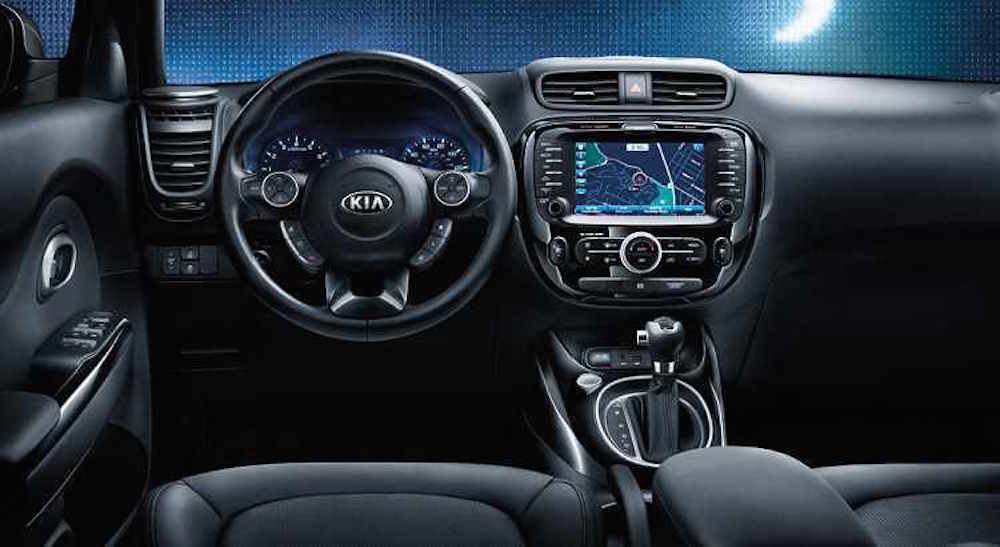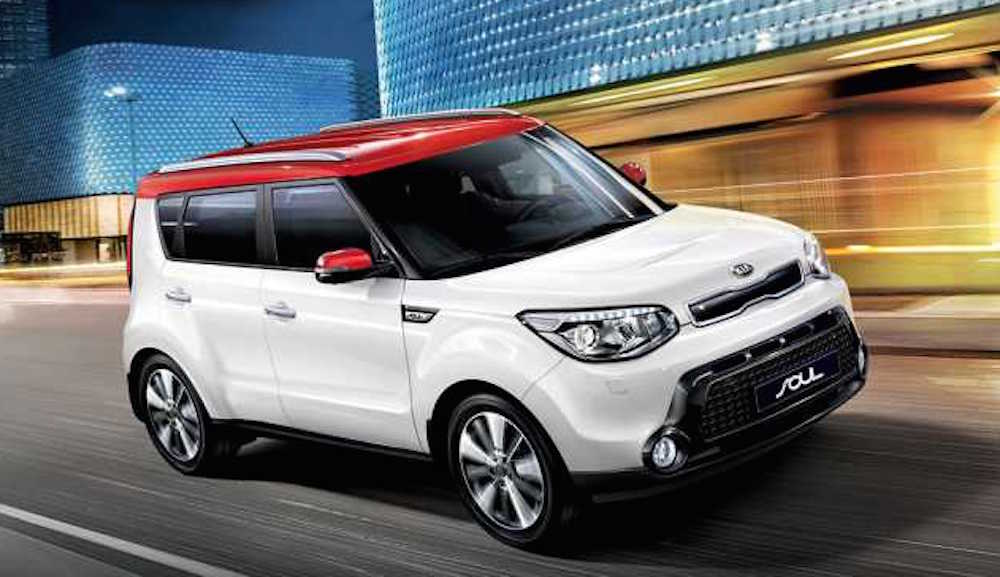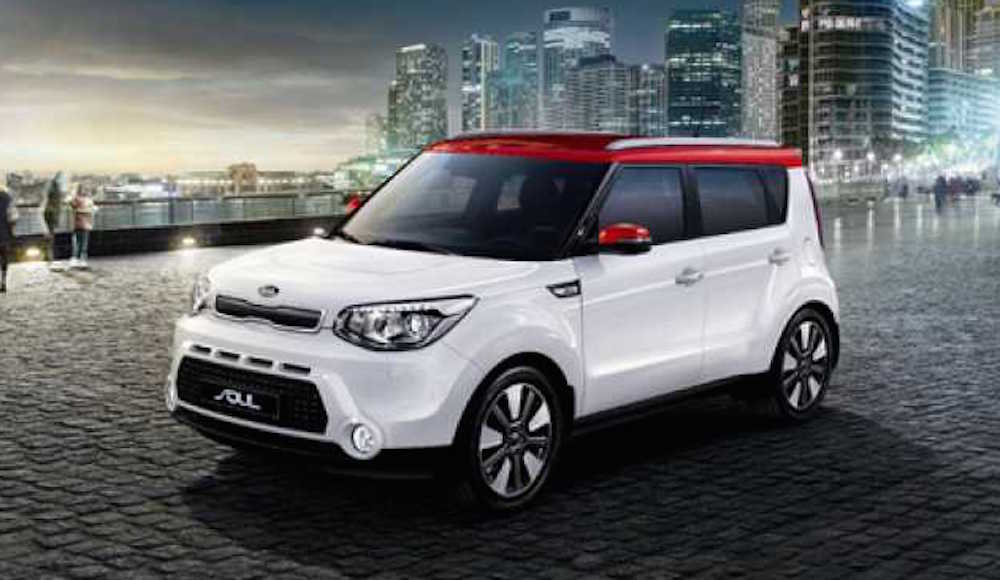The 2016 Kia Soul and 2016 Toyota RAV4 may be naturally compared to each other, but they share very little in common. Sure, they might both be considered crossover SUVs (although they’re a class apart), but you won’t be confusing these two rides anytime soon. After all, there are drastic differences in the vehicles’ interiors and engines… and that’s not even mentioning that the two vehicles don’t look anything alike.
If you’ve been debating which vehicle to pursue, check out our comparison of the two SUVs. We don’t want to give away any spoilers, but let’s just say you’ll be convinced that you’re making the right decision to pursue a Kia Soul in Miami…
Exterior
The RAV4 is your prototypical compact crossover SUV, featuring a standard design and sizable dimensions. However, as Bengt Halvorson of TheCarConnection.com notes, the style is rather “safe.” The vehicle doesn’t do much to separate itself from the competition (the writer mentions the Honda CR-V, Chevy Equinox, and Mazda CX-5), and although the engineers may have fine-tuned some of the exterior features and details, the style is still particularly uninspiring.
Among these uninspiring changes were the inclusion of several cosmetic updates (via Csaba Csere of CarAndDriver.com), like the “higher hoodline, new headlights, [and] simulated skid plates.” There’s also a more intimidating honeycomb insert in the vehicle’s grille, LED projector headlights, and distinctive 18-inch wheels.
The Soul, meanwhile, could be regarded as a typical ‘car’ instead of an SUV. Due to the narrower, boxier design, the writer actually refers to the vehicle as a “tall wagon.” Regardless of how you categorize the vehicle, there’s no denying that it features an impressive and eye-catching design. The engineers made a “unique statement” with their styling choices, according to Halvorson, noting that the “blunt front end and boxy shape and silhouette are unmistakable, as is its roofline.” While such drastic refinement could result in the vehicle being regarded as “gimmicky,” the writer was generally impressed with Kia’s refreshing and new design.
The Soul, of course, has several exclusive amenities added to the exterior. The variable intermittent windshield wipers, privacy glass, and heated rear glass (with timer) come standard on all three versions, while the auto light control is optional on the base model. The vehicle rides on 16-inch alloy wheels with 205/60R16 tires, although customers could opt for 17- or 18-inch wheels and more aggressive tires if they so desire.
Interior
As we mentioned previously, the RAV4 is larger than the Soul, although the passenger (101 cubic feet) and cargo space (around 50 cubic feet maximum) are practically even. That can be attributed to the Soul’s “boxy” design, which has allowed for more comfort and room in the interior. While the RAV4’s specs have yet to be reported, we can only assume that the interior dimensions will be similar to those of the Soul’s: 39.6/39.5 inches of front/rear headroom, 55.5/54.7 inches of shoulder room, 40.9/39.1 inches of legroom, and 53.2/49.3 inches of hip room.
Where the two vehicles differ are the features and amenities included in the interior. The Soul has everything you could possibly want in a vehicle, and Halvorson suggests that the vehicle may be better equipped than the RAV4. The vehicle delivers a number of impressive amenities, like the ventilated front seats, heated rear seats, and heated steering wheel.
There are a number of technological features included in all of the Soul’s models. The 4.3-inch color touch-screen audio display allows the driver to access UVO eServices, which will provide all of the passengers with a subscription-free infotainment service. You’ll not only able to access the radio and navigation app, but you can also use many of your phone’s basic capabilities, like making calls and sending texts. You can supplement your infotainment system with the standard six speakers (with dash-mounted tweeters) or the optional Infinity Audio System (with center speaker, subwoofer and external amplifier). Bluetooth wireless technology comes standard on all of the 2016 Souls.
There weren’t many changes to the interior features of the RAV4. The engineers upgraded some of the materials used throughout the cabin, although they still included a hard plastic in the base model. However, despite the lack of “luxury,” drivers will still be able to take advantage of the 6.1-inch touchscreen system, which is partnered with an impressive Entune Audio System with 11 JBL GreenEdge speakers, a subwoofer, and an amplifier. The system also had an integrated backup camera and Bluetooth connectivity.
Other notable features of Toyota’s SUV include the dual zone climate control, meaning you’ll never have to argue with your passenger regarding a comfortable temperature… you can customize the climate to your liking. If you’d rather enjoy the fresh air, you might as well use the power moonroof (available on the XLE and Limited models).
Performance
Halvorson wasn’t particularly impressed by either of the vehicle’s engines, but he still referred to the Soul and RAV4’s performance as “adequate.”
You’ll essentially be choosing between a pair of engines if you opt for the RAV4: the 176-horsepower, 2.5-liter four-cylinder engine or the new 190-horsepower Hybrid engine, a unit that’s expected to deliver a 33 combined mile per gallon fuel efficiency. With all-wheel drive capabilities, the vehicle has been commended for the “responsive” and “nimble” driving experience. The higher the trim, the stiffer the suspension, according to the writer, and he also points out that the four-wheel-drive Lock mode allows for improved traction in nasty weather conditions.
The Soul doesn’t offer four-wheel or all-wheel drive capabilities, but you can still expect a “soft” ride that’s comparable to that of a compact car. The writer suggests pursuing a Soul that contains the larger 164-horsepower, 2.0-liter engine, which he believes partners well with the six-speed automatic transmission. Unfortunately, if you want to go with the manual transmission, you’ll have to settle for the smaller unit. Finally, while the writer notes that both engines have inadequate steering, he appreciates the Soul’s ability to drive around tight spaces.
The Soul also includes a number of technological features that will improve your driving experience. This includes an Active Eco System (controls engine, transmission and air condition to deliver the best possible fuel economy), Idle Stop and Go (switches off your engine when you’re not moving, thus saving fuel), a Forward Collision Warning System (helps anticipate a potential crash and alerts the driver), and a Lane Departure Warning System (gives you a second set of eyes for when you decide to switch lanes).
Safety
Perhaps most importantly, the vehicles have both been commended for their safety. The RAV4 earned a five-star rating from the National Highway Traffic Safety Administration, and they were also named a Top Safety Pick+ by the Insurance Institute for Highway Safety. Meanwhile, the Soul earned a ‘good rating’ from the IIHS in addition to five-star ratings on all the crash tests. If there were to be one negative, Halvorson notes, it would be that both vehicles have less-than-ideal outward visibility.
Both vehicles are certainly impressive, but we have to give the slight edge to the Soul. The vehicle’s non-traditional design, innovative and technology-filled interior, reliable engine, and high safety scores makes it an excellent choice, even ignoring the specific segments!
